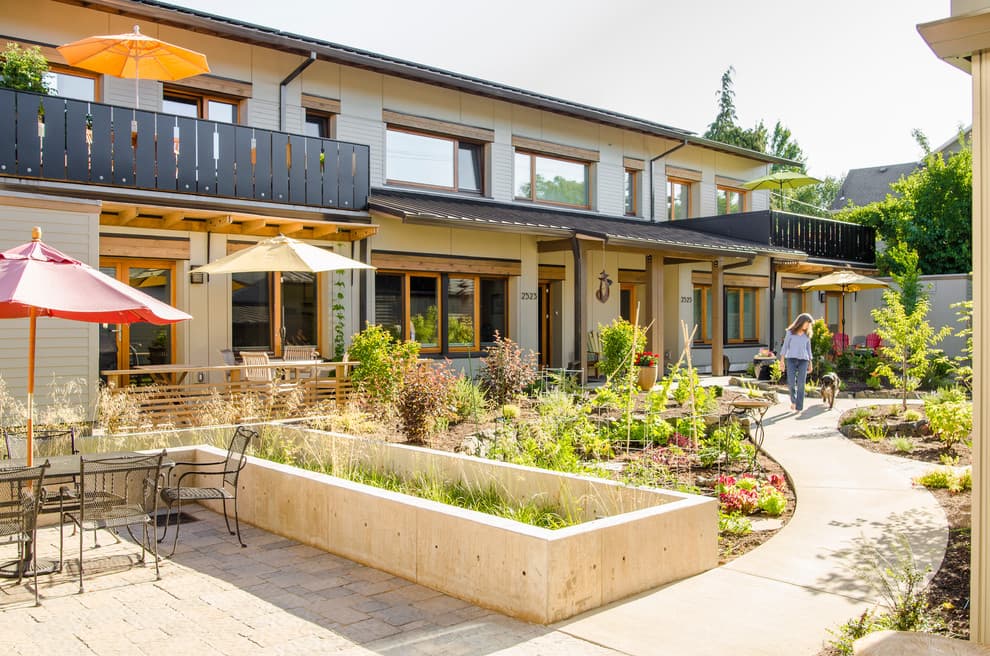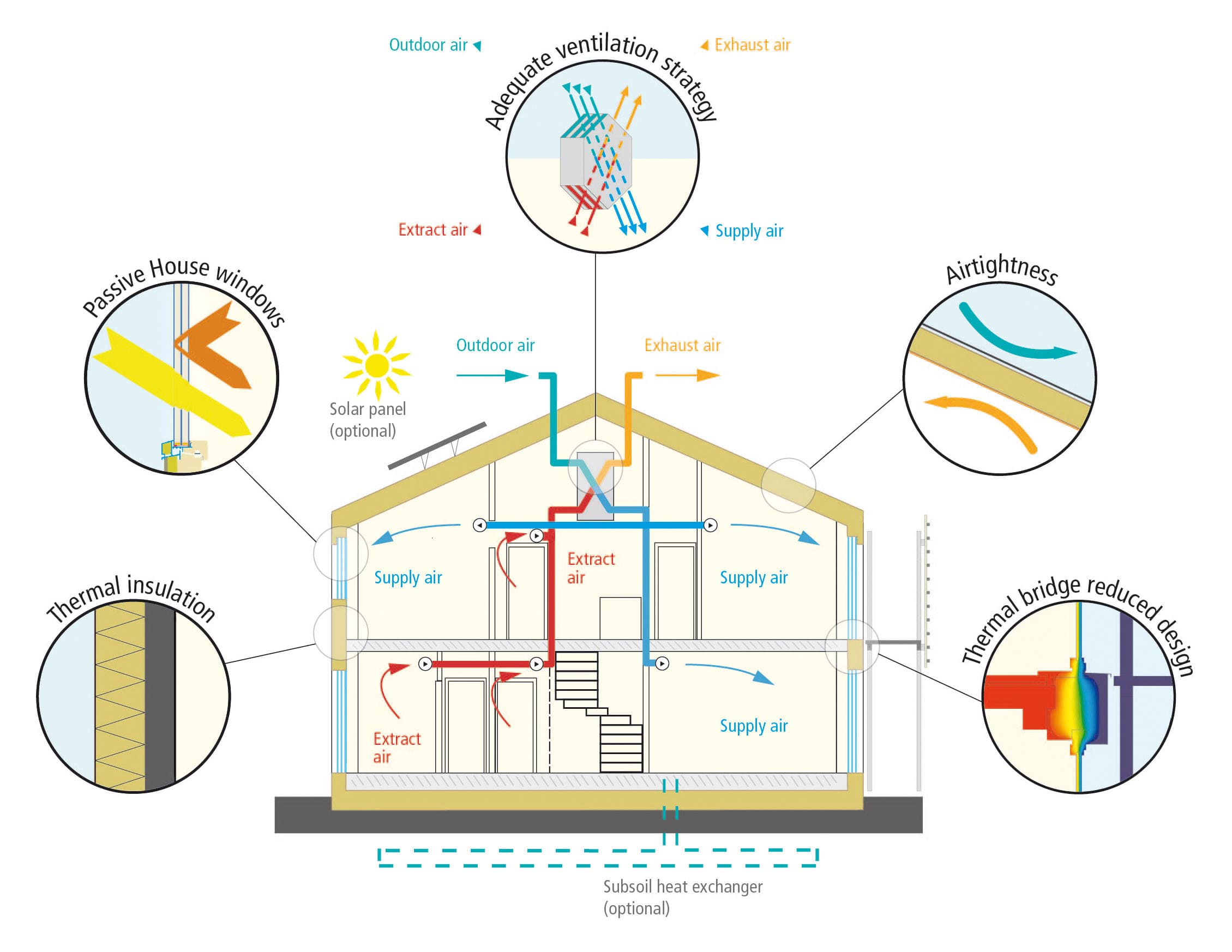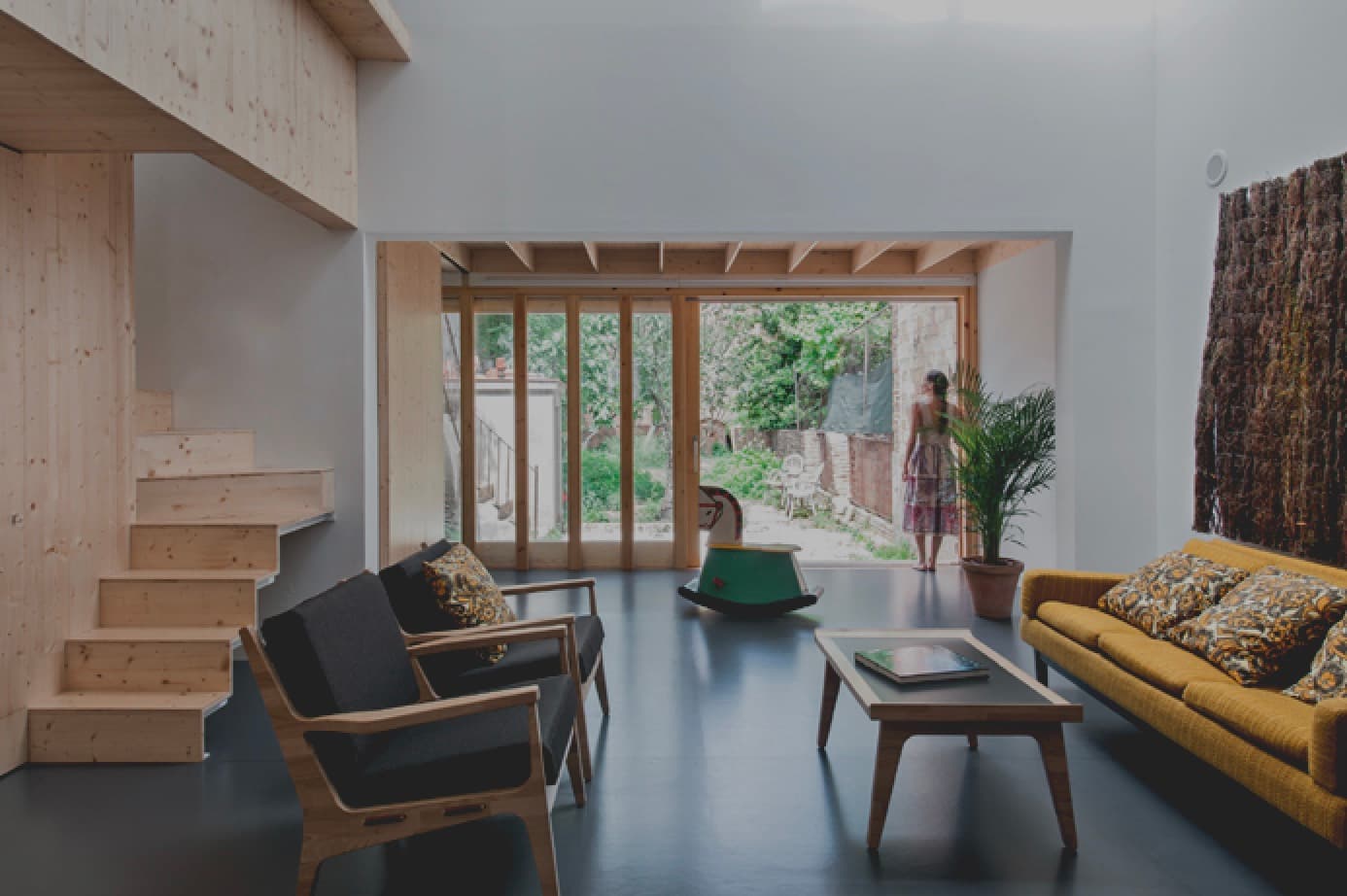
Heat Recovery Ventilation: Fresh Air Without Energy Loss
Heat recovery ventilation (HRV) is a crucial component of passive houses, ensuring a constant supply of fresh air while maintaining energy efficiency. This advanced ventilation system recovers heat from outgoing stale air and uses it to warm incoming fresh air.
Why is Heat Recovery Ventilation Important?
In a passive house, HRV systems serve multiple essential functions:
- Energy Efficiency: Recovers up to 90% of heat from exhaust air
- Air Quality: Provides continuous fresh air supply without opening windows
- Comfort: Maintains consistent temperature and humidity levels
- Health: Filters out pollutants, pollen, and dust
- Moisture Control: Prevents condensation and mold growth
How Does Heat Recovery Ventilation Work?
The HRV system operates through a simple but effective process:
- Exhaust Air Collection: Stale air is extracted from kitchens, bathrooms, and other humid spaces
- Heat Exchange: The warm exhaust air transfers its heat to the incoming fresh air through a heat exchanger
- Fresh Air Distribution: Warmed fresh air is distributed to living spaces and bedrooms
- Continuous Operation: The system runs 24/7, ensuring constant air quality
Benefits of Heat Recovery Ventilation
Energy Savings
- Recovers 80-90% of heat from exhaust air
- Reduces heating costs significantly
- Maintains comfort with minimal energy input
Improved Air Quality
- Constant supply of filtered fresh air
- Removal of indoor pollutants
- Reduction in allergens and dust
Comfort and Health
- No cold drafts from opening windows
- Consistent temperature throughout the house
- Reduced humidity and condensation
- Better sleep quality due to fresh air supply
Installation and Maintenance
For optimal performance, HRV systems require:
- Professional installation by certified technicians
- Regular filter changes (typically every 6-12 months)
- Annual inspection and cleaning
- Proper ducting design and installation
Integration with Passive House Design
HRV systems work in harmony with other passive house principles:
- Complements superior insulation by preventing heat loss through ventilation
- Works with airtight construction to control air flow
- Contributes to overall energy efficiency goals
- Helps maintain consistent indoor temperature
Conclusion
Heat recovery ventilation is not just about fresh air – it's a sophisticated system that maintains comfort, health, and energy efficiency in passive houses. By recovering heat from exhaust air, these systems ensure that ventilation doesn't compromise the energy performance of your home.

Ankeny Row: Cohousing for Seasoned Folks in Portland
How a group of baby boomers created a Passive House cohousing community in Portland, Oregon, that addresses both environmental sustainability and the social needs of aging in place.

Evolving Passive House Standards: Adapting to Climate and Context
Explore the evolution of Passive House standards from the original 'Classic' model to climate-specific certifications like PHIUS and EnerPHit, reflecting a growing need for flexibility and global applicability.

Applying Passive House Principles in Different Climates
Discover how Passive House principles can be successfully adapted to diverse climates worldwide, with real-world examples and practical solutions for maintaining comfort and efficiency in any environment.